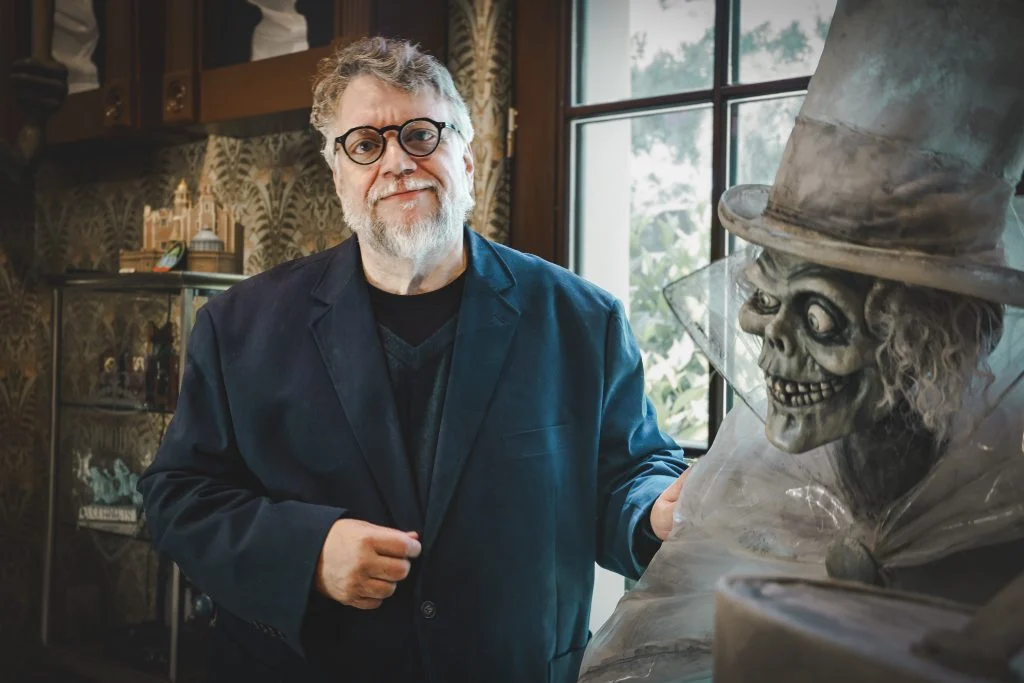Art history is typically approached through specific movements and complex academic debates. However, Nick Trend’s book, Firsts in Art History: The Story of Art in 30 Pioneering Works, offers a perspective that challenges this traditional narrative.
The book focuses on turning points in art history, such as the first time an artist painted their own portrait, the first depiction of a smile, or the emergence of the first feminist artwork, explaining the significance of each “first” and how it influenced subsequent artists with detailed visuals.
The Power of “Firsts” in Art: A New Narrative Form
Trend’s book constructs art history not through periods that must be memorized, “isms,” or academic debates, but through transformative first moments. How did the artist see themselves when the first self-portrait was drawn? When did a smile first appear in a portrait? When did a female artist first express herself? When did anti-war sentiments first appear on canvas? All these moments are turning points not only in art but also in humanity’s visual thinking. Trend’s book is a perfect starting point for those who are tired of museum catalogs or thick art history volumes. And perhaps more importantly, it is an inspiring discovery guide for anyone who wants to establish a meaningful connection with art for the first time. Here are our selections from the book…
The First Feminist Work: Mary Cassatt’s Social Critique (1878)
Mary Cassatt’s Reading Le Figaro is considered the first explicit expression of a feminist perspective in art history. Created in 1878, this work is the first major art piece to address women’s rights.
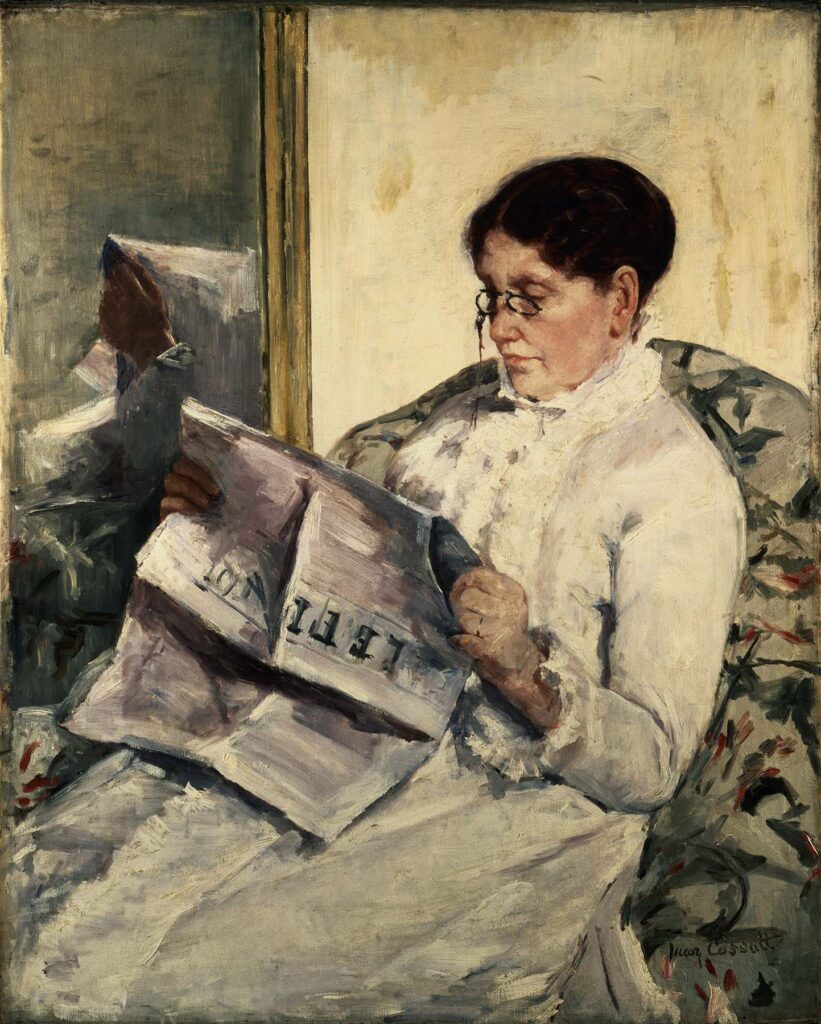
Cassatt, as one of the key figures of the Impressionist movement, developed an artistic approach centered on the female experience. By depicting a woman reading Le Figaro, she normalized and made visible women’s participation in intellectual life. In an era when women were largely excluded from the public sphere, this stance was considered quite radical.
The First Marriage Breakdown: Hogarth’s Social Satire (1743-45)
William Hogarth’s “Marriage A-la-mode” series is the first major work in art history to address the breakdown of marriage. This work is also considered a precursor to socially critical artworks.
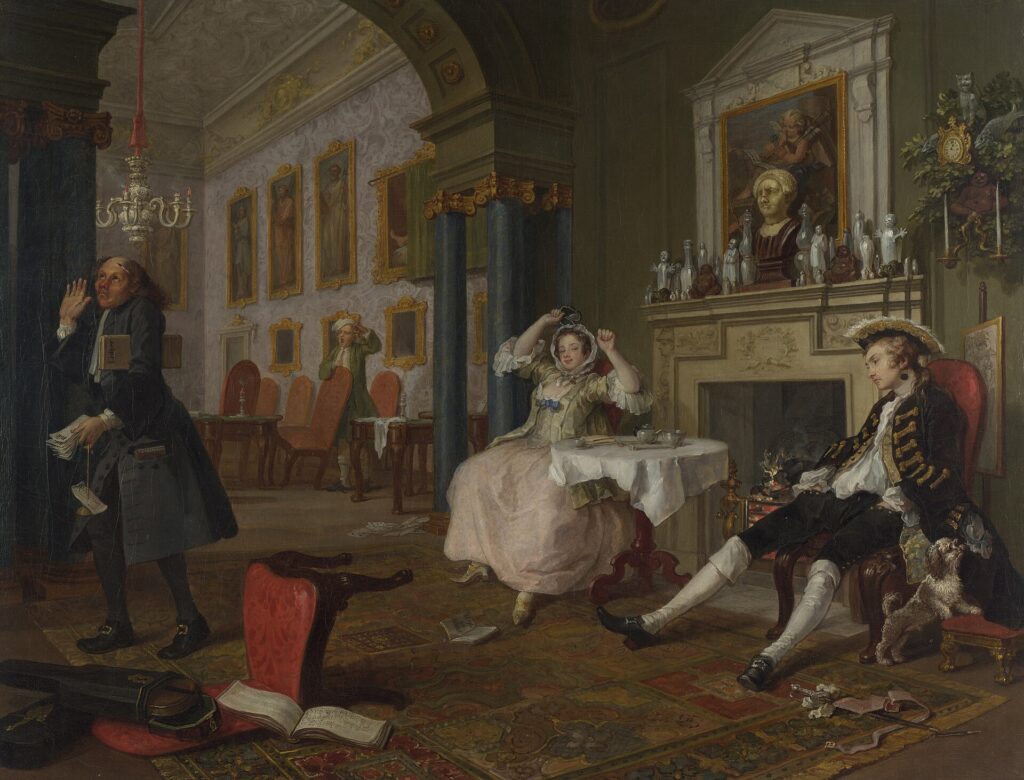
Hogarth discovered the power of art to convey social messages by dramatically depicting the aristocracy’s marriages of convenience and their consequences. The work not only tells an individual story but also critiques the social structure of its time.
The First Female Self-Portrait: Hermessen’s Bold Step
Catherine van Hermessen’s self-portrait is the first example that revolutionized the way female artists expressed themselves. This Flemish artist, who lived in the 16th century, was the first to dare to paint herself as a woman.
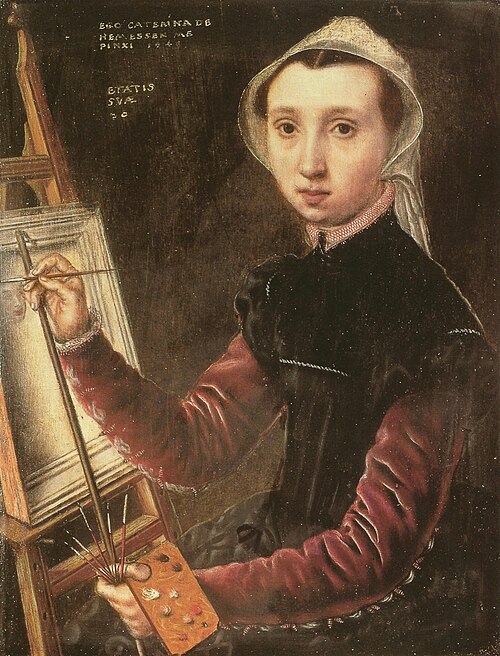
Van Hermessen’s self-portrait is significant not only in terms of the recognition of female artists, but also in terms of the expression of female identity through art. The work is a powerful manifesto showing that women also possess artistic creativity and can tell their own stories.
First Children’s Game: Anguissola’s Innocent World (1555)
Sofonisba Anguissola’s The Chess Game is the first serious work of art depicting children playing. Created in 1555, this work played a pioneering role in the acceptance of childhood as a subject in art.,
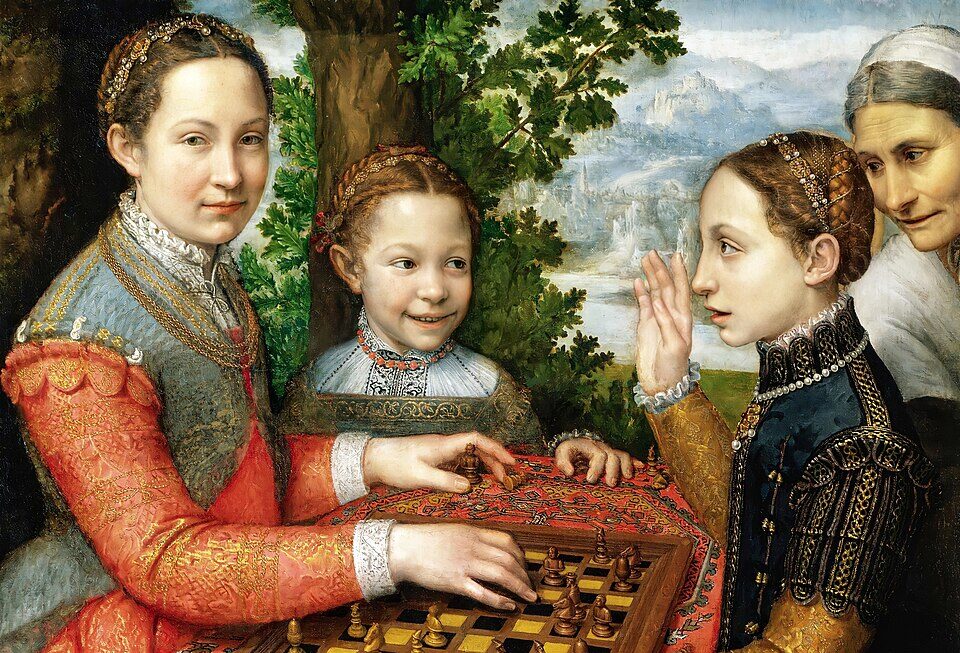
Anguissola immortalized the natural and spontaneous moments of childhood by depicting her sisters playing chess. This approach was quite innovative at a time when children were usually portrayed as miniature adults. The work is also significant as one of the first examples to make intimate moments of family life the subject of art. Anguissola’s work laid the foundation for artworks depicting everyday life in the centuries that followed.
First Visual Joke: Christus’ Clever Trick (1446)
The trompe-l’oeil fly painted on the frame of Petrus Christus’ Portrait of a Carthusian Monk is considered the first visual joke in art history. This small but effective detail added a touch of humor to the seriousness of art.
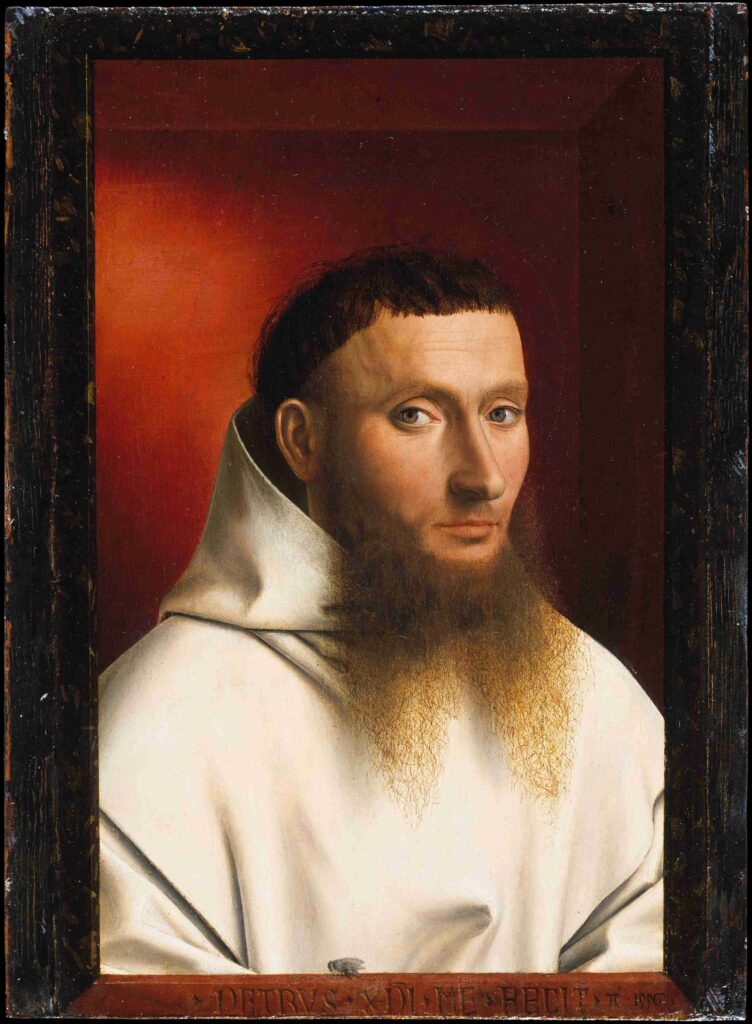
This fly was painted both to showcase the artist’s technical skill and to surprise the audience. Trend defines this as “the first meme of the Middle Ages.” Indeed, this visual joke became a trend that was imitated by other artists in Europe. This approach is an early example showing that art does not always have to be serious and sublime, but can also be fun and surprising. Christus’ fly opened up new dimensions in the relationship artists established with their audience.
The First Nightmare: Fuseli’s Exploration of the Subconscious (1781)
Henry Fuseli’s The Nightmare is a masterpiece in art history, depicting the nightmare experience with unprecedented power and psychological depth. Created in 1781, this work is not only the first major work of art to express a bad dream, but also the first to visually express the dark regions of the human subconscious.
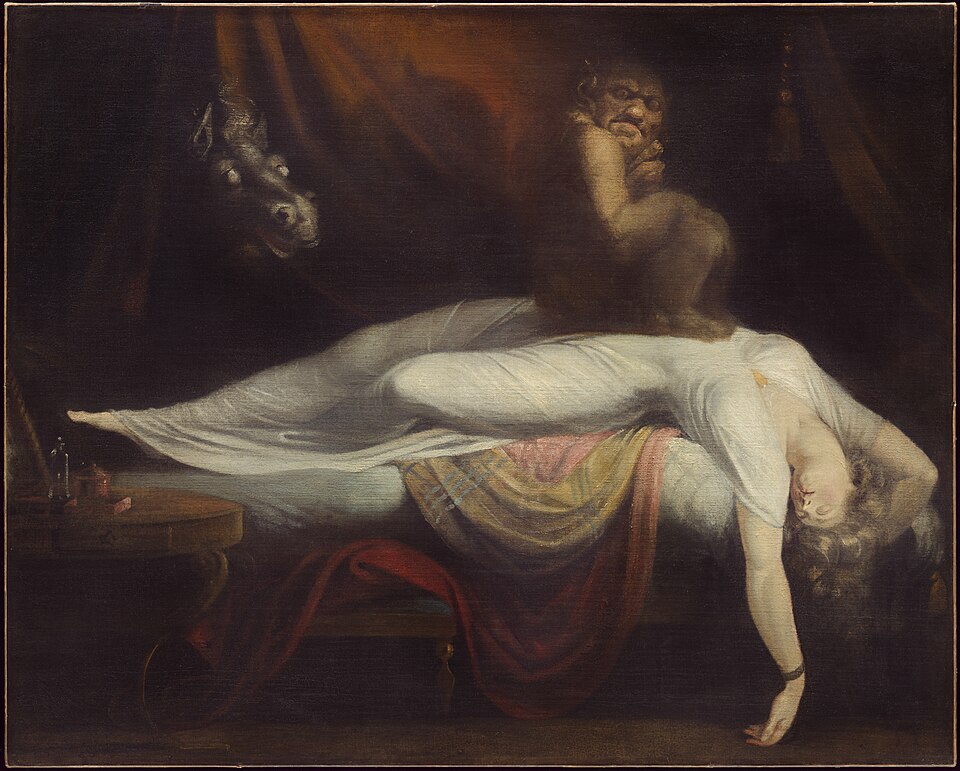
Fuseli, a Swiss painter and also a trained theologian, has masterfully blended spiritual and psychological elements in this work. In the painting, we see a demonic incubus sitting on the chest of a woman in deep sleep and a terrifying horse watching from the background. This composition presents both the physical and psychological dimensions of the nightmare simultaneously.







